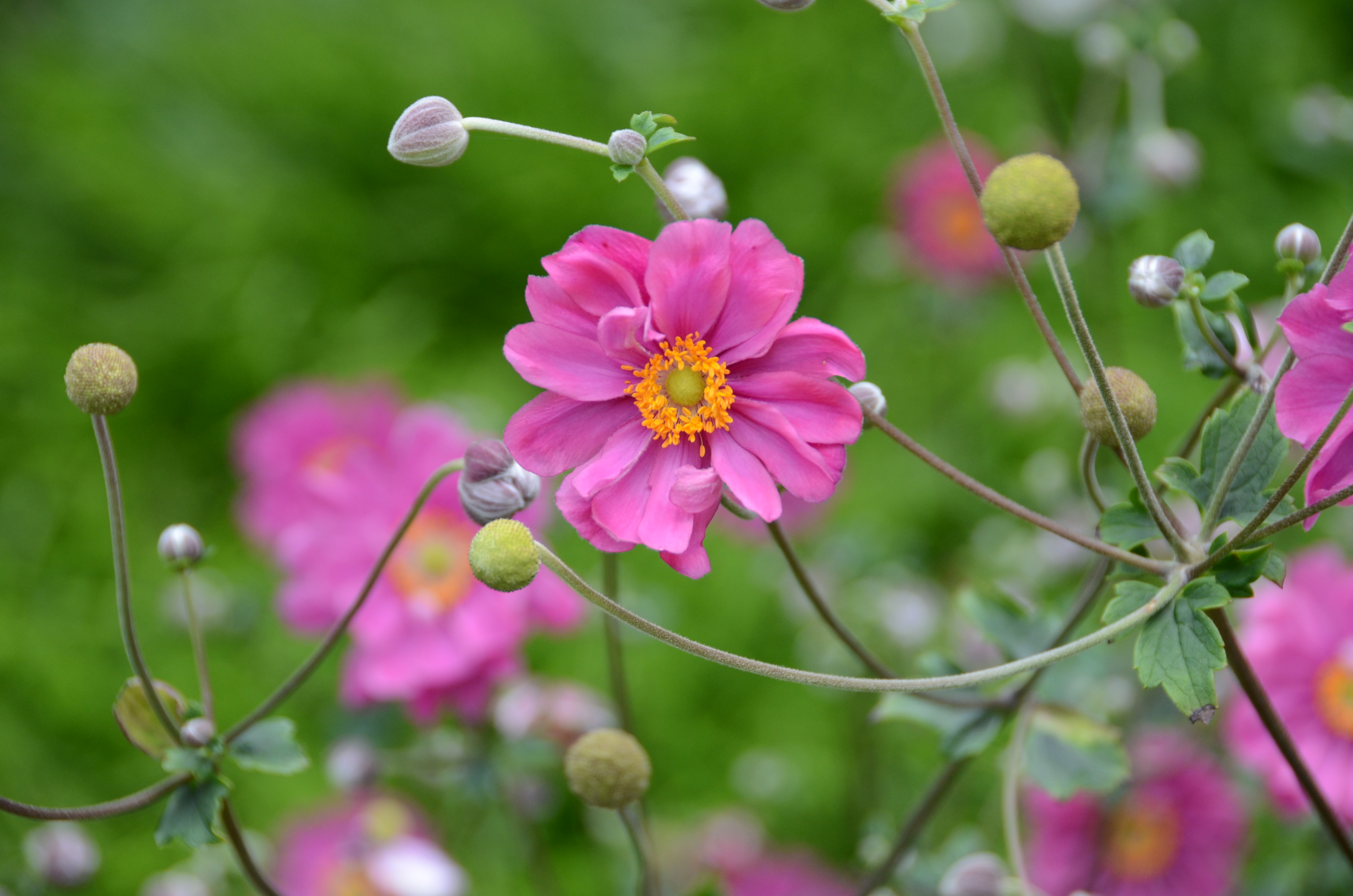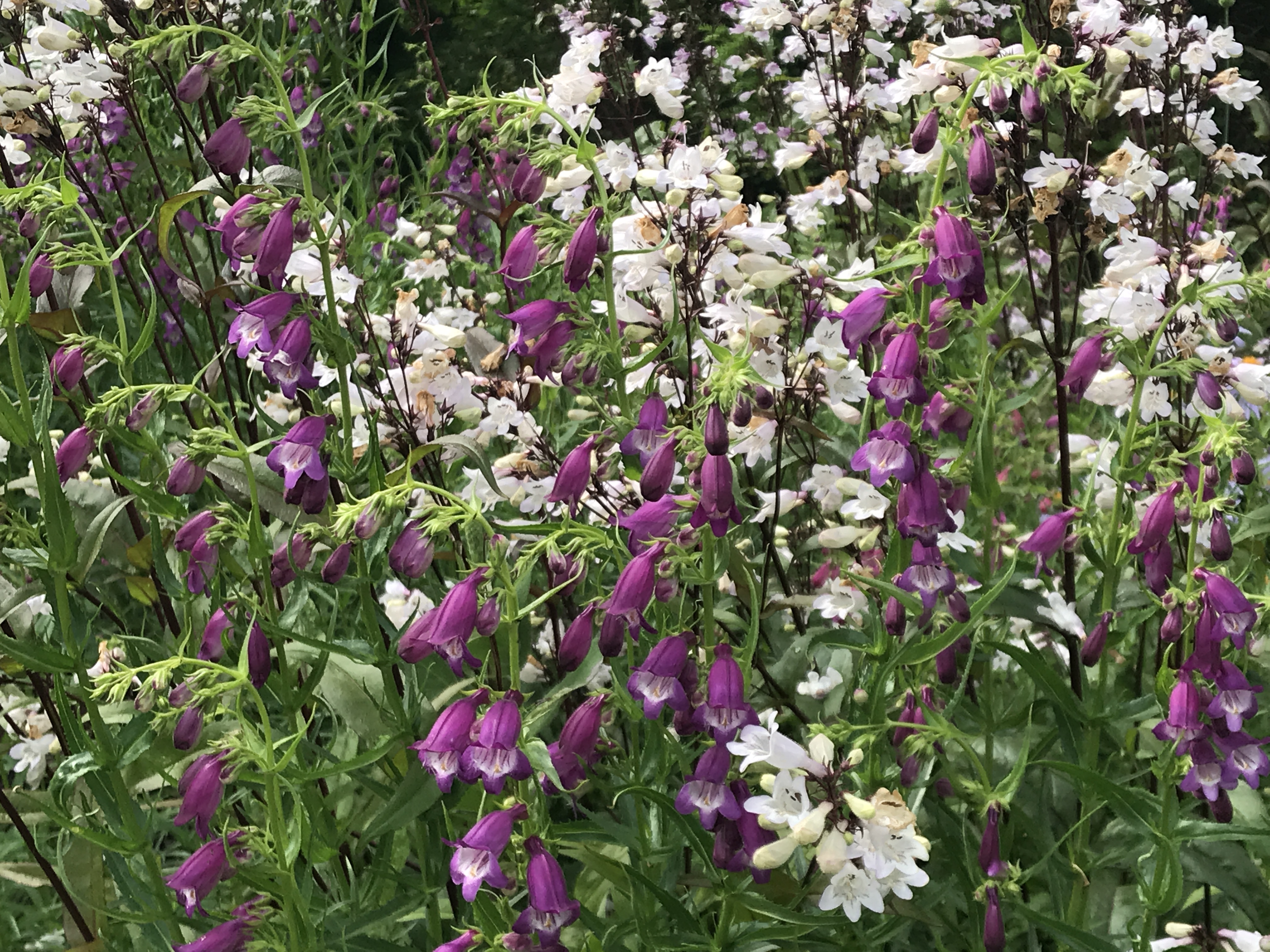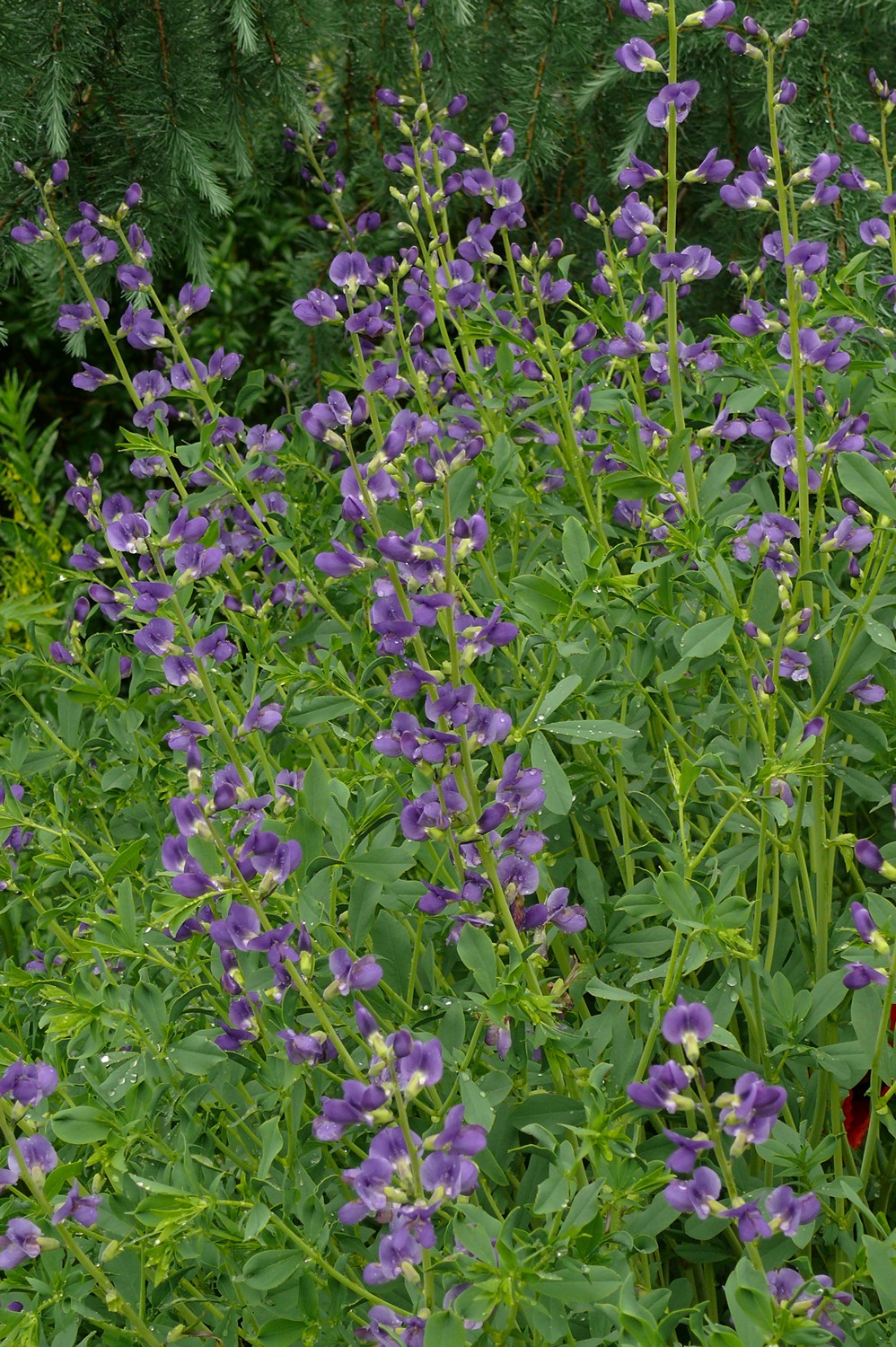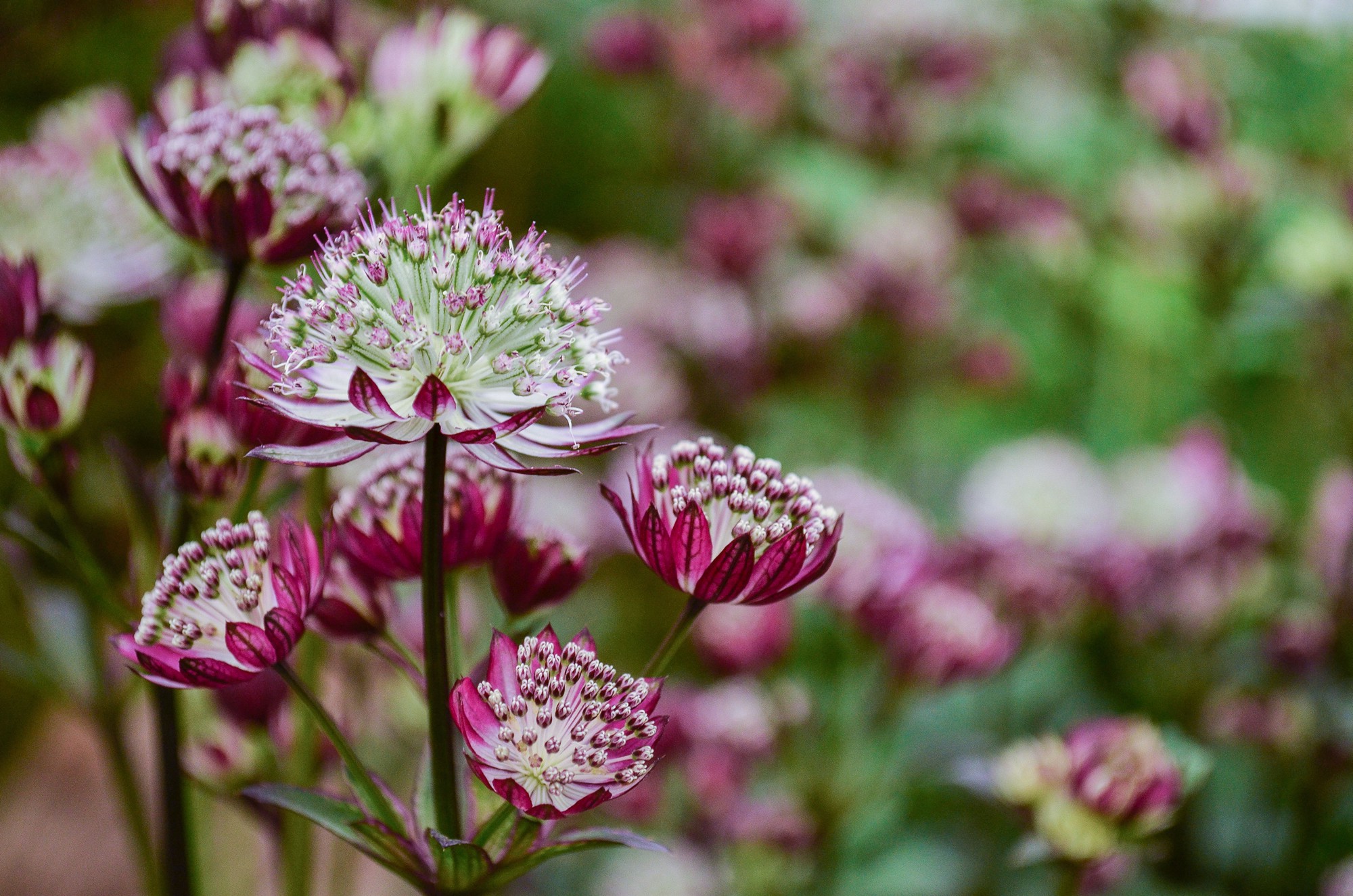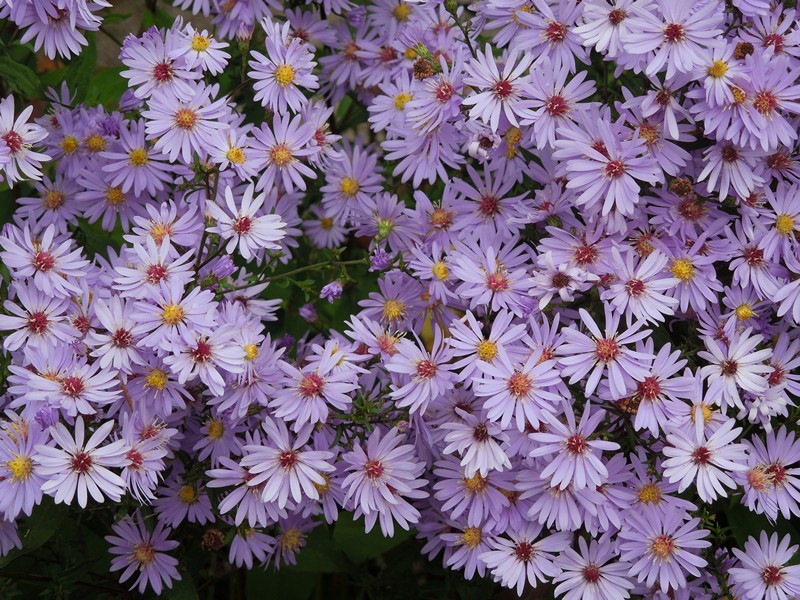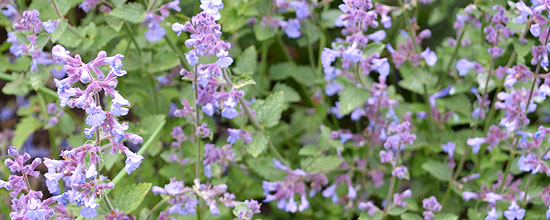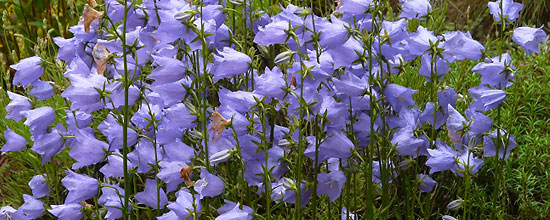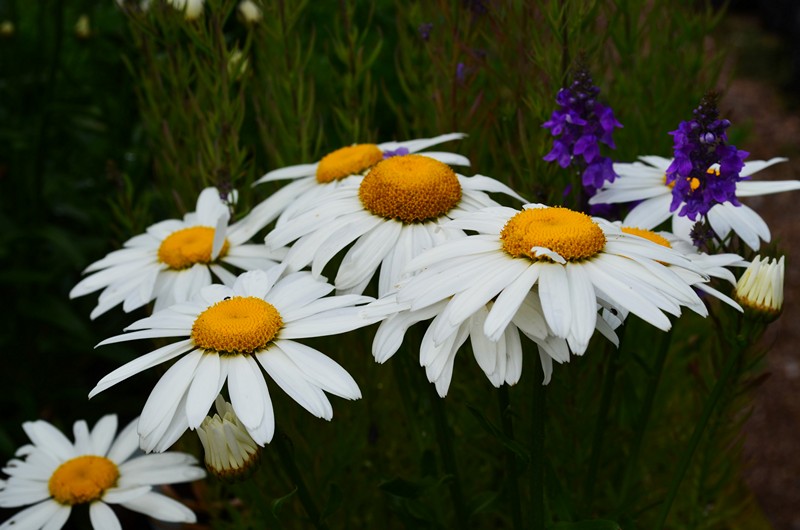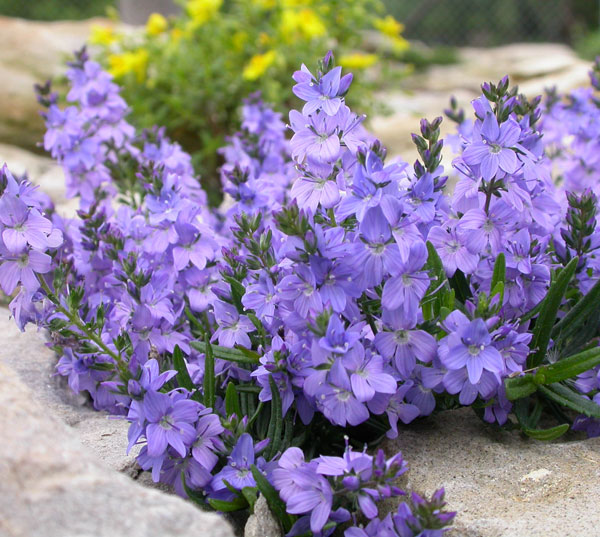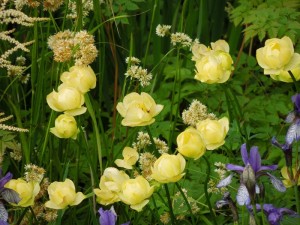A few eyewitnesses still remembers the time, When moist meadows along streams shone in the spring deluge of yellow flowers globeflower. There still are scattered in most areas, But earlier in our country we were more abundant, especially at lower altitudes, where their number is declining drainage bow.
globe-flower (Trollius) they are low to the half-height perennials with erect stem and articulated palmate leaves. The individual flowers are yellow to orange growing on the ends of the stems or leaf axils. About 20 (according to some data 30) species is native to Europe, Asia and North America.
From the botanical species are present with us European globeflower (Trollius europaeus) with a lemon-yellow flowers koulovitými, having an average of about 5 cm. Grows up 30 when 60 cm, blooms in May-June and is widespread in Central and Southeastern Europe.
Other domestic species is Most Helleborns – globeflower top, which is the Republic's endangered plant (this species is sometimes equated with a kind T. europaeus, which is very similar to).
Chinese globeflower (Trollius chinensis) reach up to 70 when 90 (sometimes 120) cm, blooms in July-August orange flowers. It is native to northern China.
From Asia comes the other important species – 20 when 80 cm tall Asian globeflower (Trollius asiaticus) with orange flowers.
The gardens are often planted various cultural forms, most with full flowers in various shades of yellow and orange colors, with flowering date from May to June. Garden varieties are hybrids between Trollius europaeus, T. asiaticus a T. chinensis with more or less pronounced signs after one of the parents.
Differences between varieties are found in the color and size of flowers, height and in particular earliness. However, because they are seemingly very similar, there is often confusion and actually find the right variety is often quite difficult. K nejpozoruhodnějším patří velmi pozdní 'Alabaster' with creamy white blossoms, which is somewhat harder and has a lower propagation coefficient.
Upolíny is multiply vegetativně nebo semenem. Varieties are propagated vegetatively mainly in April-June. The most commonly used separation older plants after flowering, which grows (You can divide until late summer). When frost founding parent plants division is also possible in the period from December to February. Less common is the multiplication odtržky in March – It is used in cases, when you need a larger quantity of plants.
Generative reproduce the original botanical species and some varieties (e.g. 'Goldkönigin', 'Orange Globe'). Sowing seeds in generative propagation should follow immediately after their collection, since the latter require special treatment and besides quite quickly lose their germination. The older seeds need cold treatment of seeds – seed trays to 6 when 8 weeks exposed to temperatures of about 2 to 6 ° C.
Top globe flower grow in loose loamy soils with a high humus content. Are challenging especially at the higher soil moisture. Well tolerate waterlogging, However, they do not indicate drought, therefore, their cultivation is particularly suitable soils with greater ability to retain moisture. They thrive in the sun or in the shade. Planted at a distance of around 40 cm. On treatment during vegetation they are relatively undemanding, do not require any special interventions. After flowering, it is advisable to cut the overblown plants. Also noteworthy is the fact, they are globeflower, Like many other plants of the family pryskyřníkovitých, High poisonous alkaloid content.
Globe flower plants are mainly used in plantations near the pond, streams and other bodies of water or in a slightly shady parts of the forest. Less often also planted in perennial beds. In humid parts of nearby water bodies are most obvious in combination with varieties of Siberian iris (Iris sibirica), čechravy (Astilbe), perennial podeněk (Tradescantia), or even of species and varieties of frog (Dicentra), žluťucha (Thalictrum) or meadowsweet (Filipendula). On the edge of the forest fits into plantations accompanied geranium (Geranium), bohyšek (Cough), popelivek (Ligularia) or jirnic (Polemonium).
Excellent are also to be cut. Seřezávají half-open flowers to bloom fully and immediately inserted into the vessel with water, because very quickly wither.
The article was published on the website of the Association Czech perenářů courtesy magazine Zahrádkář.





